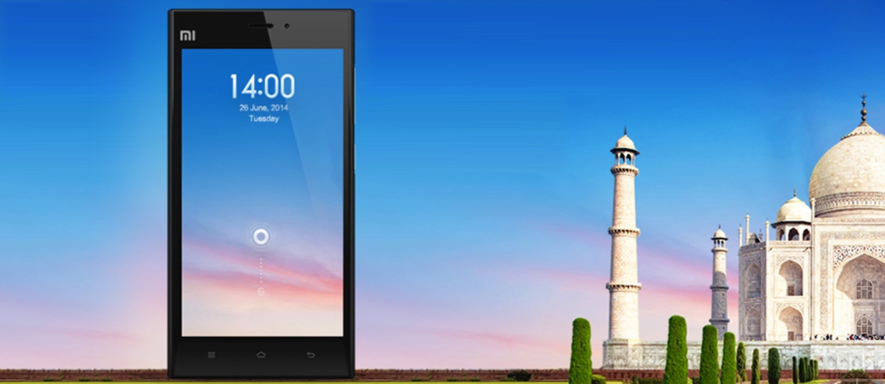India’s smartphone market has finally seen a change at the top, with Chinese vendor Xiaomi now leading with shipments close to 8.2 million units in Q4 2017, according to research firm Canalys. Despite annual growth of 17%, South Korea’s Samsung failed to maintain its lead, shipping just over 7.3 million smartphones to take second place.
The smartphone market in India grew by a modest 6% overall, in line with Canalys forecasts, following the seasonal dip as vendors and channel partners take stock after a busy Q3. Vivo, Oppo and Lenovo rounded out the top five, while total smartphone shipments were just shy of 30 million units.
“Xiaomi’s persistence has paid off,” said Ishan Dutt, Canalys Research Analyst. “Its results are commendable, given it entered the market just three years ago. Multiple factors have contributed to Xiaomi’s growth, but the key reason for its current success lies in the autonomy that it granted its Indian unit, letting it run the business locally. Localization in channel strategy, marketing and products has been evident in Xiaomi’s Indian operations.”
Together, the top two vendors now command more than 50% of the smartphone market in India, with market leader Xiaomi at 27% and second-place Samsung at 25%.
“Samsung’s loss comes from its inability to transform its low-cost product portfolio,” said Rushabh Doshi, Analyst. “It has been unable to win over cost-conscious consumers, losing market share in the sub-INR15,000 (US$240) segment to Xiaomi quarter after quarter.”
Despite Samsung’s ability to offer better margins and funding to the offline channel, consumer demand for its devices has been weak, Doshi adds. But it has far superior R&D, and a better hold on the supply chain due to its strong components business.
“The power struggle between Xiaomi and Samsung will continue well into 2018, as Samsung revamps its low-cost portfolio and fights to take back the aspirational status it once held in minds of Indian consumers.”
Xiaomi’s success in India will have far-reaching implications for its worldwide strategy, giving a big boost to its overseas ambitions. Considerable business in the world’s largest two smartphone markets will build confidence in its partners as well as future investors.
“But growth in 2018 will be hard to come by,” added Doshi. “As Xiaomi’s market share reaches saturation point in India, and the market continues to shrink in China, it must contend with slower growth for its smartphone business as it begins to expand in other countries.”







